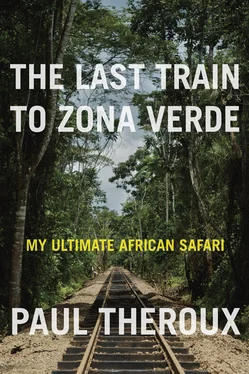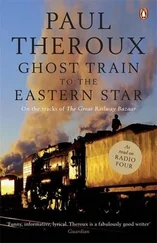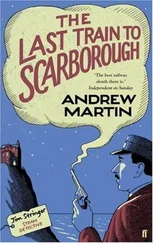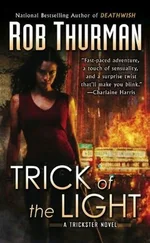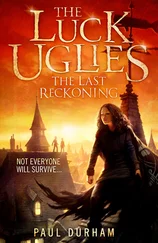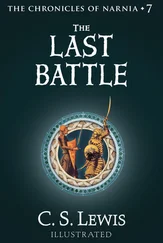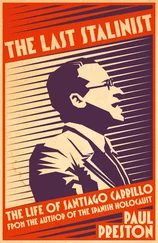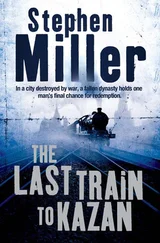I found my way to the city center, and at the reception desk of a newish but already seedy hotel I was told they might be able to fit me in for three nights. I thanked the clerk for her hospitality.
Unsmiling, being busy, looking away from me, she said, “Pay in advance. Three nights. That will be eleven hundred dollars. Cash please. No credit cards.”
“And you might not have hot water,” came a teasing voice behind me.
I had no alternative. The whole of Luanda was a convergence of oil and mining interests, vying for the city’s few hotels and restaurants (and prostitutes). The guests at my hotel were foreign workers in the national industries — some rough types in old clothes, especially rowdy in the evening, and the slicker, nastier-looking operators of all nationalities in their new suits, making deals in oil, diamonds, and gold. The words “oil, diamonds, and gold” have such allure, and suggest glitter and wealth in a fabled city fattening on its profits. But this was not the case. The city was joyless, as improvisational as its slums — hot and chaotic, inhospitable and expensive, grotesque and poor.
It had always been a city of desperation and exile. No one went to Luanda for pleasure. Criminal exiles were succeeded by slavers, and later by traders in rubber and ivory, like King Leopold’s Belgians next door in the Congo. When the rubber and ivory trades declined, Angola returned to slavery and then forced labor. But these cruel roles were never mentioned. Ask any Portuguese to explain his country’s relationship to Angola and you’ll be given a version of Lusotropicalism, how the Portuguese had a natural affinity for the dusky people in these warm, sun-kissed lands. But the reality was that Portugal, having imposed itself on the land, was completely out of touch, socially and culturally, with Angola. One small example: Angolan music was not allowed to be played on the national radio station — the only radio station in the country — until 1968.
The city had never elicited any praise. A traveler in Luanda in 1860, quoted by the historian Gerald Bender, reported a town “ankle-deep in sand … Oxen are stalled in the college of Jesuits.” You might say, “But it was 1860!” That’s true, but it was the premier city in the colony, and the colony had existed for more than two centuries. Later in the nineteenth century another traveler reported Luanda as “a burning furnace [with a] cohort of mosquitoes, spiders, lizards, and cockroaches — an infernal scourge.” In the mid-1920s, “Luanda was described by a Portuguese commentator as cidade porca — ‘pig city’ ” (Douglas Wheeler and René Pélissier, Angola ). At that time, only two places in Angola, Luanda and Benguela, could claim a skilled, working populace of “trousered blacks” — caminhos , as they were known in Angola. No Africans wore trousers elsewhere. Not that it really mattered, but the Portuguese boast — largely a self-flattering fiction — was that, as inspired imperialists, they had created a whole class of assimilados — indoctrinated, educated, assimilated Angolans.
Even in the 1940s Luanda was small, with a mere 61,000 inhabitants. The population increased rapidly in the 1950s and ’60s. Most Portuguese were happy to get away from the mother country then, a time when only 30 percent of households in Portugal had electricity and less than half had running water. Migration was a step up, and continued into the mid-seventies, when whites numbered well over 300,000. We know that figure because just before independence there was a frantic scramble of Portuguese to flee Angola, and that was the number that left — virtually all of them. One vivid urban myth still making the rounds of Luanda describes the fate of a young Portuguese girl abandoned by her parents in their urgency to escape the country. The girl was raised by the family’s former maid in a musseque , the solitary white waif in a black slum.
In 1974, the year of freedom and bolting colonos , the serious fighting began, bitter warfare that had never been seen in the history of this embattled country, as two main factions and their foreign supporters (Cuba on one side, South Africa on the other) skirmished to possess the land. The nearly thirty-year war finally ended in 2002 with the killing of the opposition commander, Jonas Savimbi, with an Israeli-made rocket (Israelis were said to be complicit in the assassination). Angola was the embodiment of Rebecca West’s dictum in Black Lamb and Grey Falcon: “It is sometimes very hard to tell the difference between history and the smell of a skunk.”
A country that has been so besieged, battle weary, and burned out, subjected to decades of fighting and uncertainty, can perhaps be forgiven for being half mad and dysfunctional. The Luanda of 1991 and ’92, which seems to me like only yesterday, is described in Karl Maier’s Angola: Promises and Lies as a city under attack, a ghost town of artillery damage and corpse-strewn streets, its population of refugees supported by food drops from the UN’s World Food Program. Without calling attention to his own bravery, Maier reports intimidation, persecution, massacres, and limpeza (murder under the name of “cleansing”). In Luanda, Maier finds evidence of mass executions and hidden graves: “I detect movement, a scurrying among the graves we pass. Closer inspection reveals small tunnels the width of a beer can. There are tiny passageways everywhere among the tombs — rats are burrowing into the graves.”
This, then, was the heritage of Luanda. Without oil wealth, it would have remained just another rotting African city by the sea, like Freetown or Monrovia or Abidjan, the horror capitals of West Africa. But it was floating, bobbing, buoyant on a lake of oil, and so it was busy. More than busy: it was out of its mind.
Don’t listen to me. Listen to José, a man of thirty-five or so, a middle-level functionary in the oil industry, born in the province of Cabinda — site of the oil wells, most of them offshore. A serious, slightly flustered, and candid soul, José confided his doubts to me. He didn’t know me, I didn’t know him; we had met casually in a Luanda bar over a Cuca beer, and my direct questions provoked him.
“There is something wrong with this country,” he said. “I have been to the U.S. on oil business. I was in Texas. I could see how different it was from this.”
“Weren’t you tempted to stay in Texas?”
“Yes. Because it was so nice. But how could I stay? It’s not home.
Your country is not my country.”
“Where exactly do you live?”
“You wouldn’t know the name. My town is in Cabinda — I love this town. But it’s hard to get to. For one thing, I can’t go by road to Cabinda, because that means passing through the Congo, and that is not possible.”
One of the geographical anomalies of Angola is that oil-rich Cabinda is a separate, isolated province surrounded by the Democratic Republic of the Congo, a weird result of Portuguese colonial expansion. But it has proven valuable only recently. When John Gunther traveled in Angola for his Inside Africa (1955), he was unimpressed by anything in the country, and he dismissed Cabinda entirely, as a remote area without any resources. “One geographical curiosity is Cabinda,” Gunther wrote, “an enclave of Portuguese territory separated from the rest of Angola by the mouth of the Congo. Not much is known — or is worth knowing — about Cabinda.” Cabinda is the source of virtually all (95 percent of the national revenue in 2011) of Angola’s immense wealth. Being prosperous and cut off, with some educated people, the province even has its own secessionist movement, which now and then sets off a bomb or sabotages a building.
Читать дальше
